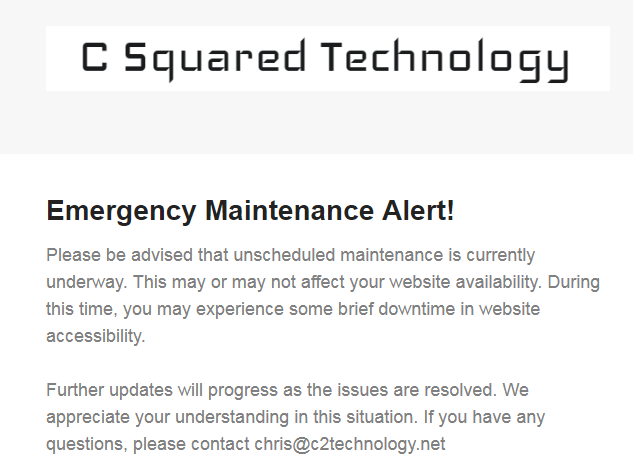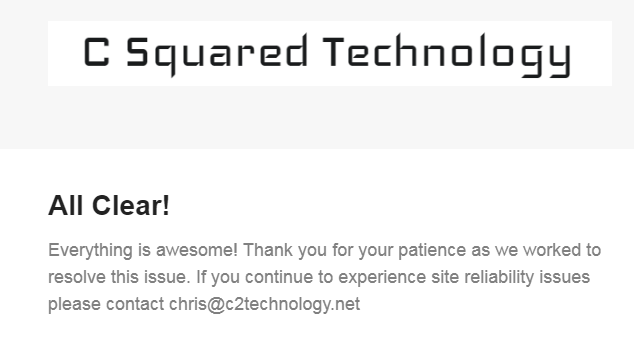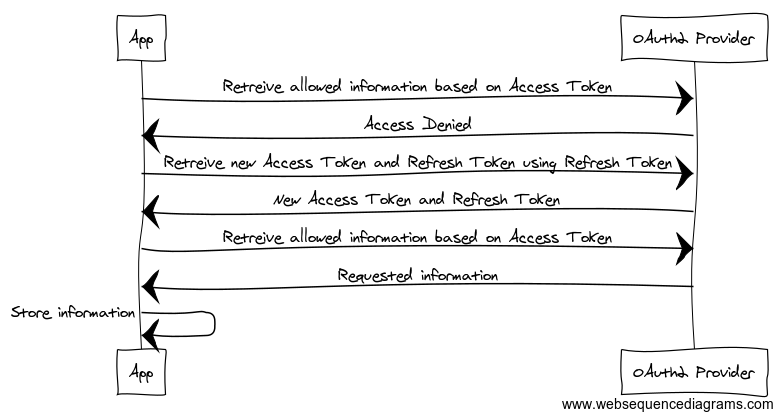I believe in three core values to any successful team and/or project: communication, collaboration, and transparency. Communication is a key aspect to successful teams because it keeps everyone involved. Communication drives ideas. Ideas are the seeds of change and communication gets them planted. Collaboration brings the seeds of ideas to growth. Teams that are not collaborative suffer from infighting and become unproductive and resentful of a project. Team members want to be part of a solution and collaboration is the vehicle everyone must ride in to reach success. Transparency is the last leg of a successful team. Transparency requires both communication and collaboration. Transparency requires each individual team member to know the difference between what they do know, and what they need to learn. Team members who are transparent in their skills ask a lot of questions. The answers to these questions are often helpful for other team members as well. Transparency is also about owning mistakes, addressing them, and learning from them. Every failure comes with an opportunity to learn. One never really fails if they seize the learning opportunities afforded by failure and grow from them. These three core values I hold are what I instill in my teams.
Recently, during an interview, I brought up these core values and followed up with a quote I feel expresses not only these three values, but my thoughts on being a team member: “Strong opinions, weakly held.” This can also be rephrased as “Strong opinions, loosely held” and they both mean the same thing. I bring strong opinions to a team backed by experience and learning through many failures. Learning from these failures strengthens particular opinions, but they still remain loosely held. These opinions are meant as a starting point for collaboration or as a learning opportunity for myself and any others who may not have experienced what brought about these opinions. These opinions are meant to inspire creative thought and collaboration, not as a rule of thumb or “set in stone” requirement. These opinions are loosely held.
The flexibility of a team is important to adapt to changing requirements, processes, deadlines, and outside obstacles. Rigidity is a project slayer. I may have strong opinions on a topic (say, using a REST API vs an unstructured one) but these opinions are meant as a conversation starter to discuss a solution to a relevant problem. This conversation solicits input from the members of the team. It provides a platform for other opinions and a better solution. Sure, that solution may be an unstructured API, and that’s okay. But, the point of bringing up strong opinions is to start that conversation, not lay down the law. If there wasn’t at least a conversation about API design (or any other implementation) in the first place, the team could move forward in a rather meandering manner. The project could take an intangible hit to be discovered later as it accumulates technical debt. Communication about a project direction reduces this debt and lets a project be more flexible during a time where flexibility comes easy.
In the interview, I failed to accurately describe “strong opinions, weakly held.” This article is me learning from that failure and really taking the time to think about that phrase and how it can be perceived by others. When I came across the phrase it resonated with me as it so succinctly underlined my core values of communication, collaboration, and transparency. To me, it’s a positive attribute to have. Using that particular phrase became a strong opinion of mine. Maybe in the future I won’t use this phrase without following up with exactly how it aligns with my core values and what I look for in a team. The only thing I know is that I don’t know everything and I am definitely open to learn. I have strong opinions for sure, but they are loosely held.





